From the November 2022 issue of Apollo. Preview and subscribe here.
The first survey of Wolfgang Tillmans in the United States in more than 15 years is big. Sixth floor of MoMA big. Ten rooms and an atrium big. In the UK, where the German-born artist lives and works for half the year (he’s based in Berlin for the other half), Tillmans has long been hailed for his protean, probing output – documenting pre-millennial London, shooting videos for the Pet Shop Boys, making techno records that get picked up by Frank Ocean, publishing a book of social critique that features interviews with philosophers, cognitive psychologists and the prime minister of Lower Saxony. Binaries bemuse him – those between high and low culture, the personal and the political, the corporeal and the theoretical.
‘To look without fear’ surges with life. Here, more visibly than almost any other artist could render it, is the world – or at least part of the world, maybe only ever a tiny slither of Western Europe – as it felt in the years after the Berlin Wall came down. Concrete Grid (1997), made up of 56 photos of Concorde taking off and landing at Heathrow Airport, evokes even for those who have flown only budget or economy the sense of new geographies unfolding. The shots of young people attending Berlin’s Love Parade, at hedonistic clubs, or sitting naked together on a tree branch hint at how antiretrovirals helped those with HIV (including Tillmans himself) to live longer.
Perhaps it’s the light that suffuses the London interiors, their tattily decorative ambience, but it’s hard not to feel wistful for a time when those freshly landed in the city didn’t have to scrimp and struggle 24/7 just to pay rent. In fact, there’s very little sign of work in those photos. What do these disarming, handsomely cheekboned people do all day? Come down after the night before? Where are they even from? It’s easy to imagine former UK prime minister Theresa May dismissing them as ‘citizens of nowhere’. In these images, many of which first appeared in music and style magazines, I see creativity, improvisation, social experimentation; others might see rarefied indolence, metropolitan superfluity.
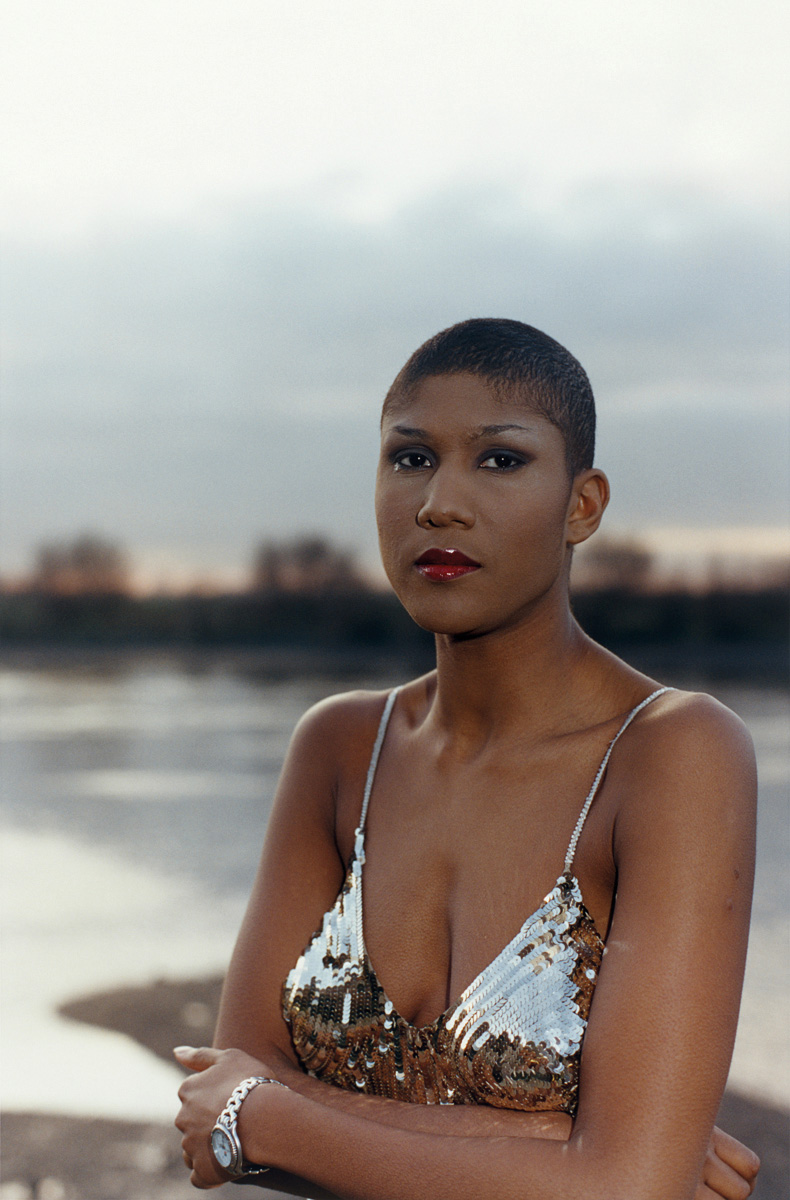
Smokin’ Jo (1995), Wolfgang Tillmans. Courtesy the artist, David Zwirner, New York/Hong Kong, Galerie Buchholz, Berlin/Cologne, Maureen Paley, London
The 1990s and early 2000s was Tillmans’ imperial phase. A glorious photo portrait of the DJ Smokin Jo, two men kissing at gay venue The Cock (an image that was widely and defiantly re-circulated in the aftermath of the homophobic shooting spree at Florida’s Pulse nightclub in 2016), a gleefully silly but also mysterious shot of a passenger on an American Airlines flight whipping out his penis in front of the carrier’s breakfast tray: he never comes across as an ethnographer or on assignment. Rather, these are his friends, his milieux, his tribes. There’s Kate Moss, looking for all the world as if her hand has been replaced by a crown of broccoli. There’s Aphex Twin, less guarded than normal. And there – so charming! – is a snap of Nan Goldin, the American photographer best known for The Ballad of Sexual Dependency (1986), which serves to underline how carefree and unbruised his own scene is.
The reach and elasticity of Tillmans’ work is served well, initially at least, by the installation. He spent more than two weeks on it – and it shows. Thankfully, there’s no wall text to explain and hobble the images, many of which – among them black-and-white Xeroxes and inkjet prints – are unframed and hung using binder clips and transparent tape. Some pictures are displayed as the magazine spreads in which they first appeared. Others are so high it’s possible to look at them properly only from a distance, while others are at calf height. Most unusually, some are placed next to thermostats, or on exit doors, where their depictions of would-be migrants facing huge barriers or barely-crossable water are imbued with especially dark irony. The sensibility here is tentative, student-room associative, non-definitive. What links an image cluster that includes an out-of-focus nude, a Hong Kong TV reporter and a landscape shot of Macau Bridge? Perhaps, to quote the title of his 2003 show at Tate Britain, it’s a case of ‘if one thing matters, everything matters’.
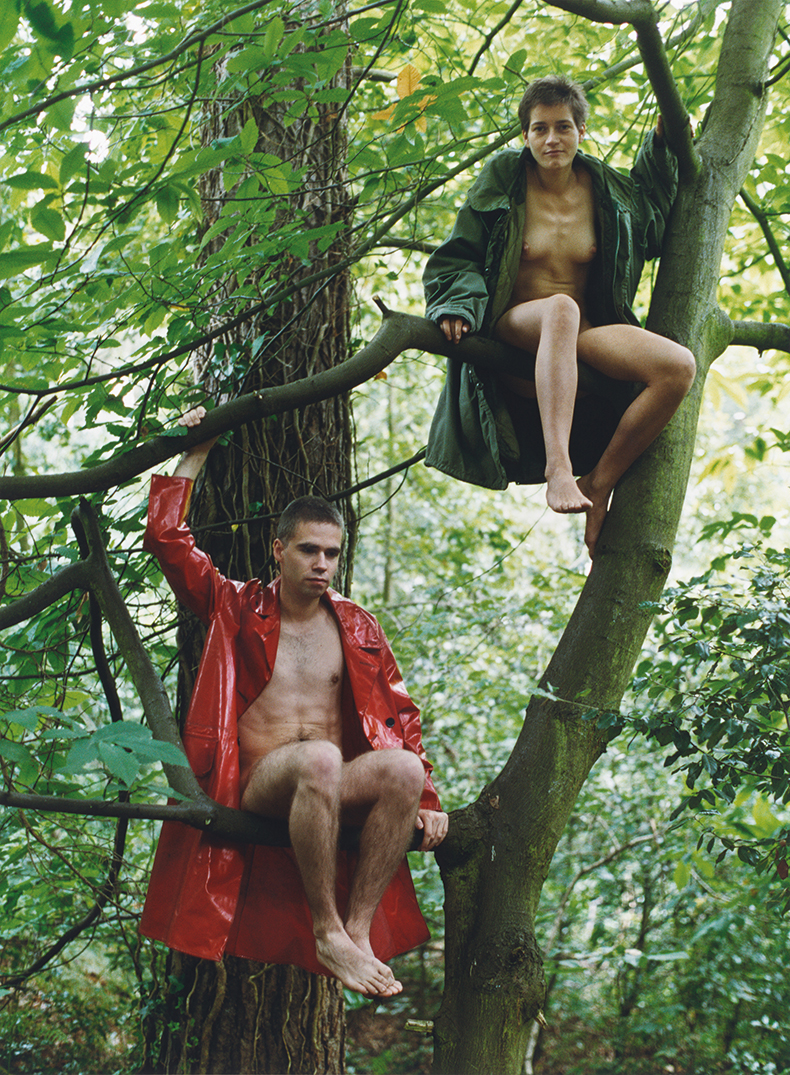
Lutz & Alex sitting in the trees (1992), Wolfgang Tillmans. Museum of Modern Art, New York. © Wolfgang Tillmans
A room is devoted to the ‘truth study center’, an oddly lower-case research project-cum-installation that Tillmans began in 2005. Here, under glass-covered wooden tables that resemble horizontal noticeboards, he presents news – or, perhaps more accurately, noise – about topics such as religious fundamentalism, climate change, HIV in South Africa, the existence of weapons of mass destruction and the idea of truth itself. Propaganda texts sit alongside academic research and scientific analysis. Status of facts, authority, expertise: these are all hot-button issues. Are they best animated by print-outs from the BBC website or the cover design for the book The Spirit Level: Why Equality Is Better for Everyone (2009)? A more deliriant treatment, an Adam Curtis-like exploration of the dream-logic of modern media, might have been more effective.
As the show moves towards the present, there’s a subtle decline in throb. There are more air miles and hotel rooms, more and more abstract prints, photos of Black Lives Matter and anti-Boko Haram demonstrations, a listening room for Tillmans’ Moon in Earthlight LP released in 2022. Mostly they lack the humidity and humour, the analogue textures of his earlier work. Two exceptions: Sendeschluss, End of Broadcast I (2014) – a large photograph comprising the video static he found on a Saint Petersburg hotel television set; and 17 Years’ Supply (2017), a print showing a cardboard box stuffed with the bottles of medical supplies that have kept Tillmans alive.
These days, there are new viruses killing millions around the world. So many downtowns have been gentrified and clubbing spaces priced out of existence. Cultural nationalists across Europe embrace and weaponise homophobia. The United Kingdom, to Tillmans’ chagrin, is no longer part of the European Union. The forward motion and liquid modernity he once celebrated are now in short supply. To look without fear? Would that we were able to do so.
Wolfgang Tillmans: To look without fear is at the Museum of Modern Art, New York, until 1 January 2023.
From the November 2022 issue of Apollo. Preview and subscribe here.
Unlimited access from just $16 every 3 months
Subscribe to get unlimited and exclusive access to the top art stories, interviews and exhibition reviews.

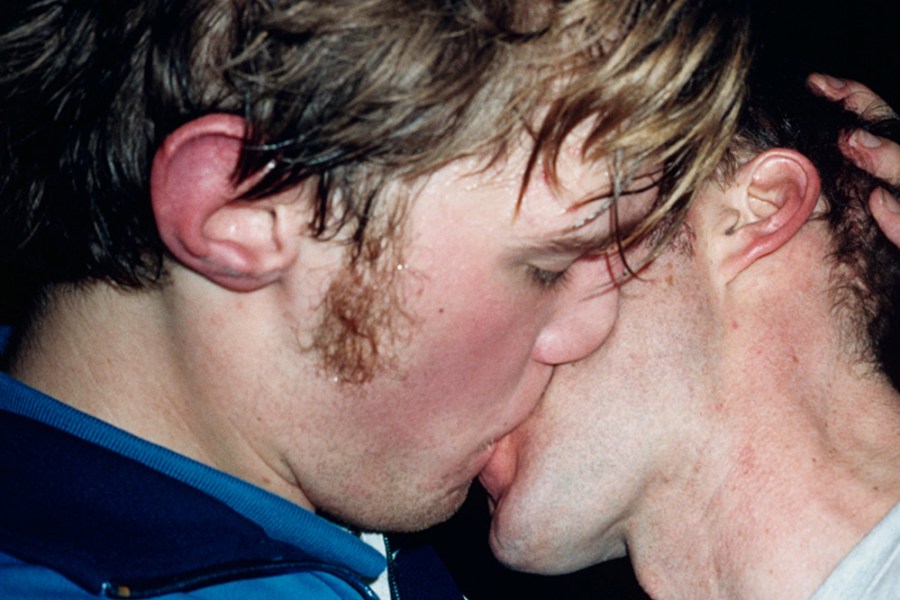
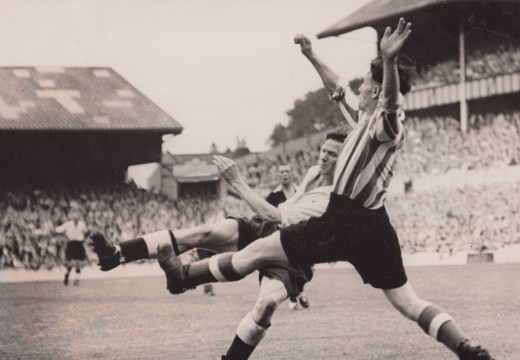
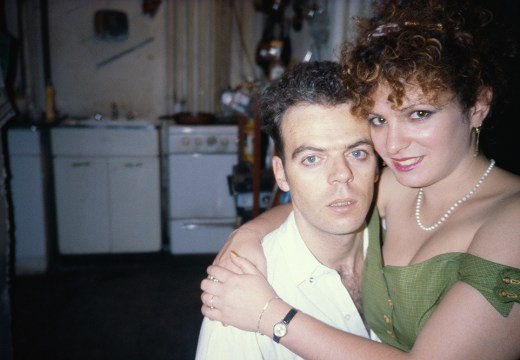
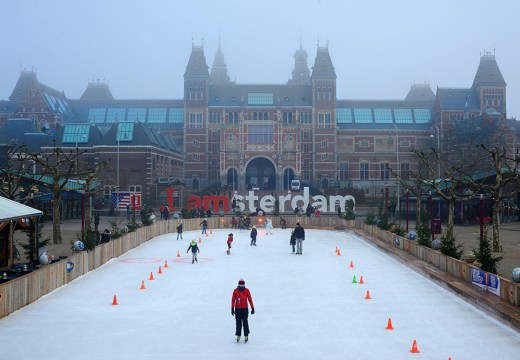









![Masterpiece [Re]discovery 2022. Photo: Ben Fisher Photography, courtesy of Masterpiece London](http://www.apollo-magazine.com/wp-content/uploads/2022/07/MPL2022_4263.jpg)
Why are fathers so absent from art history?